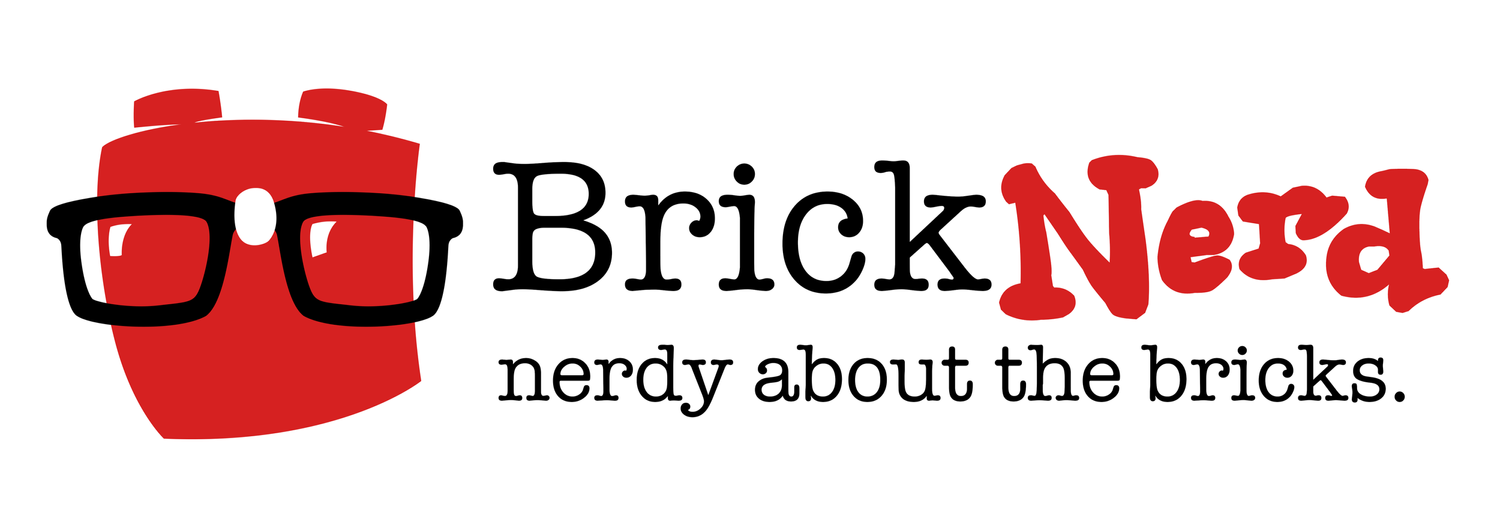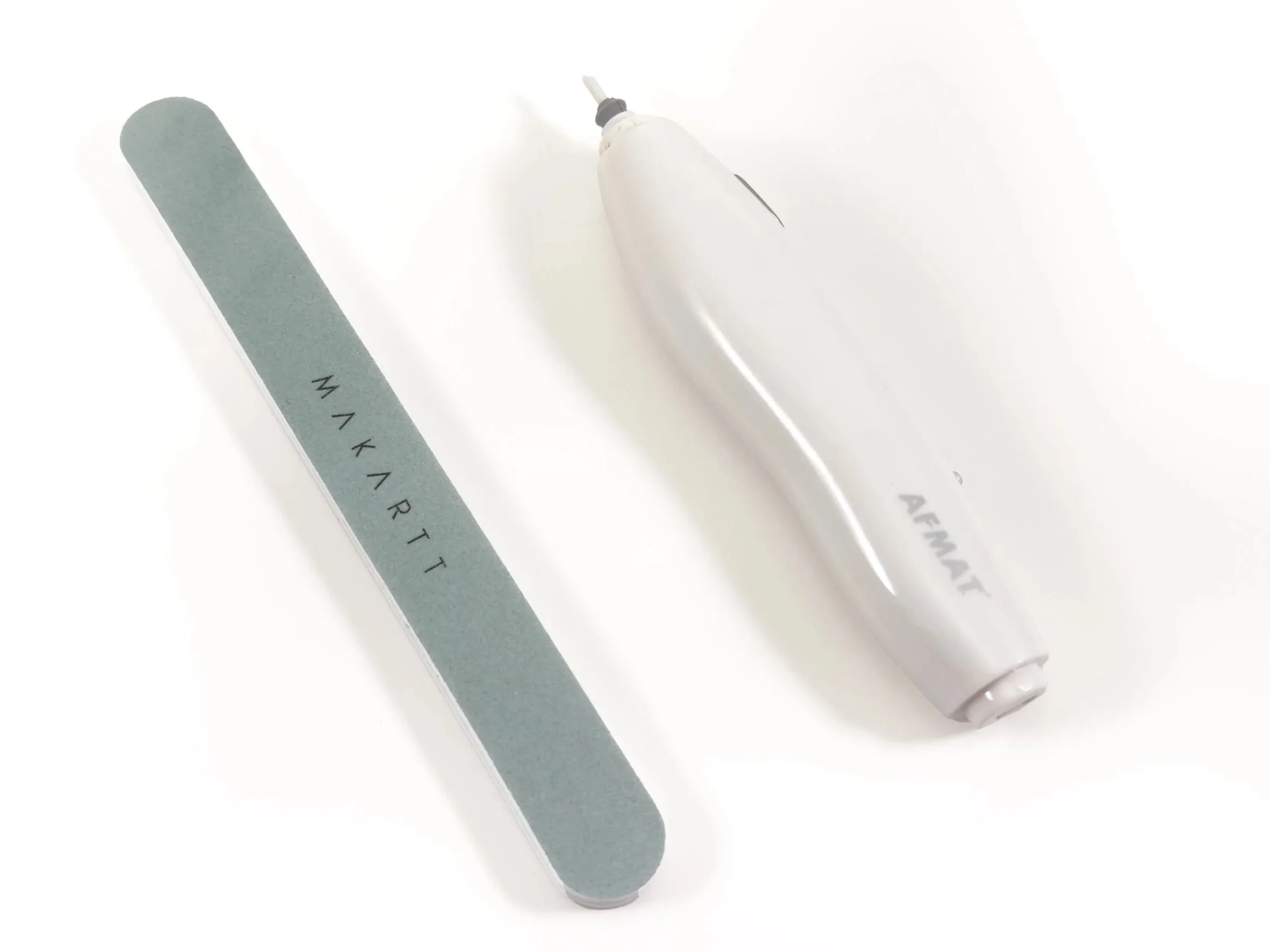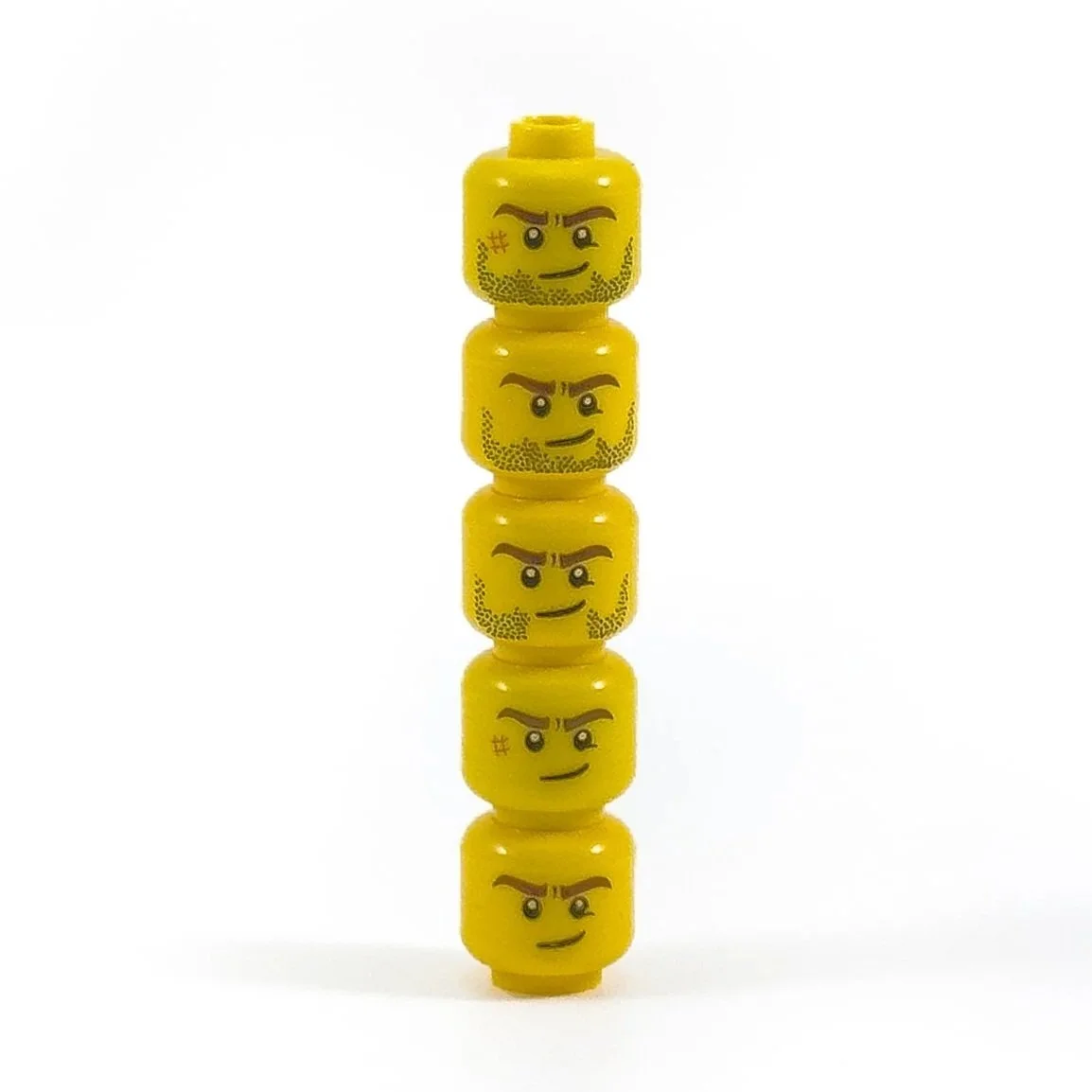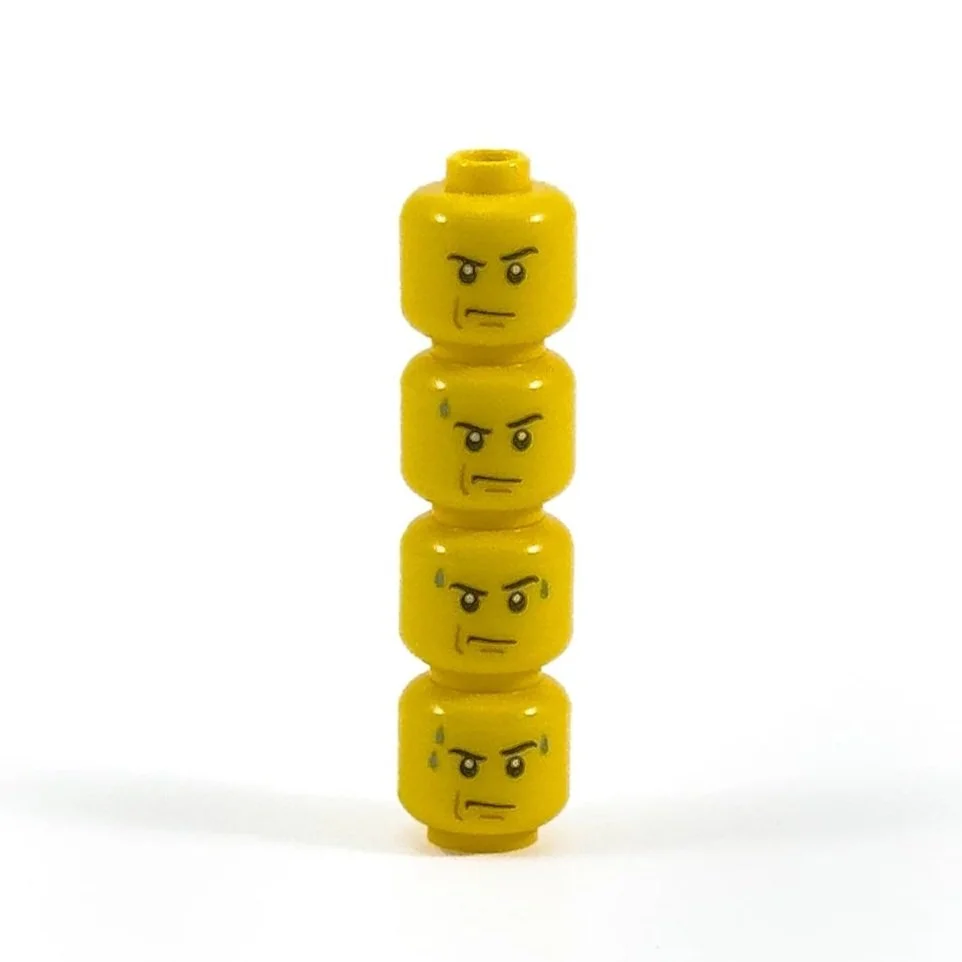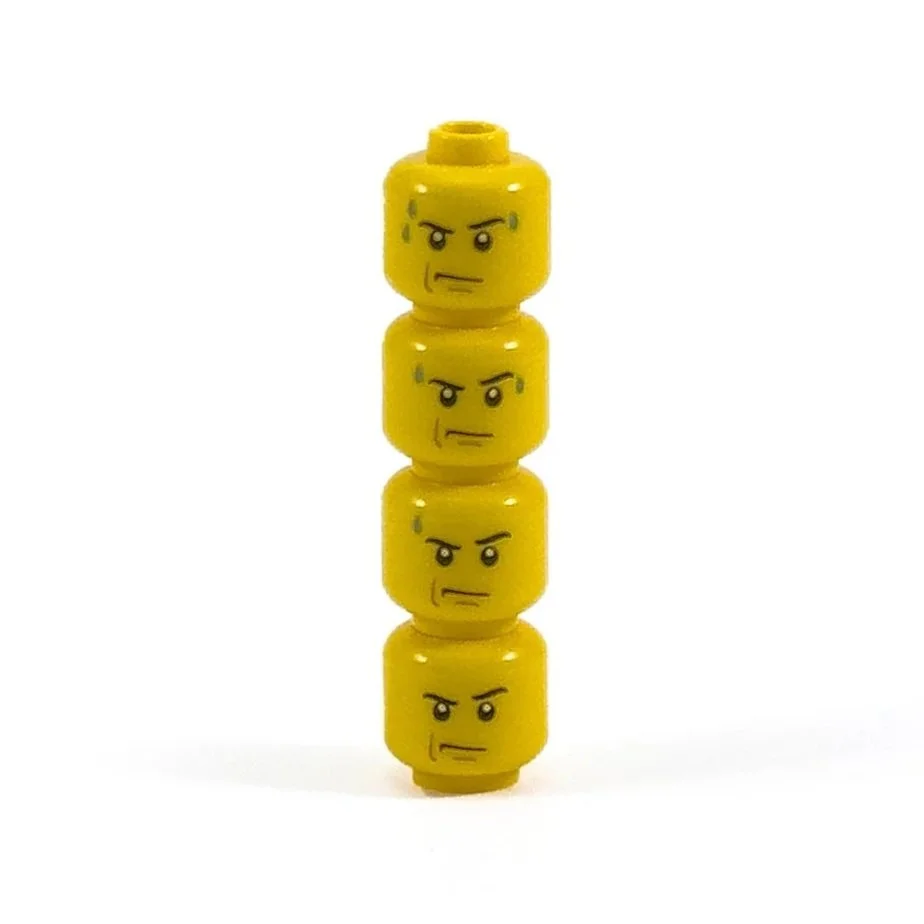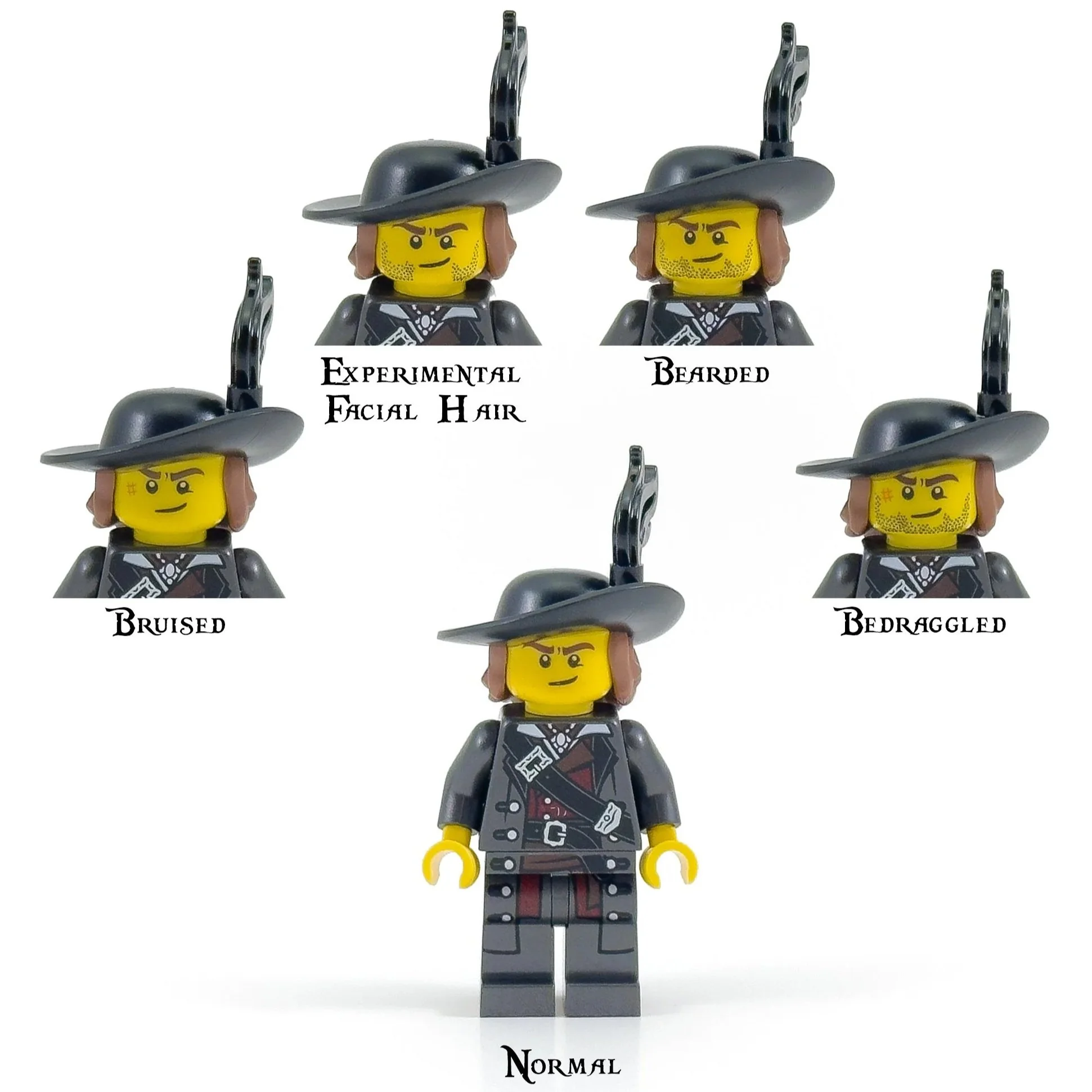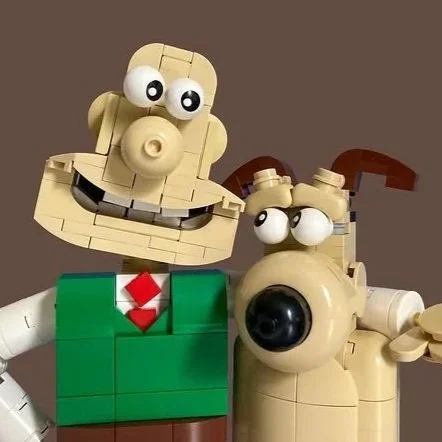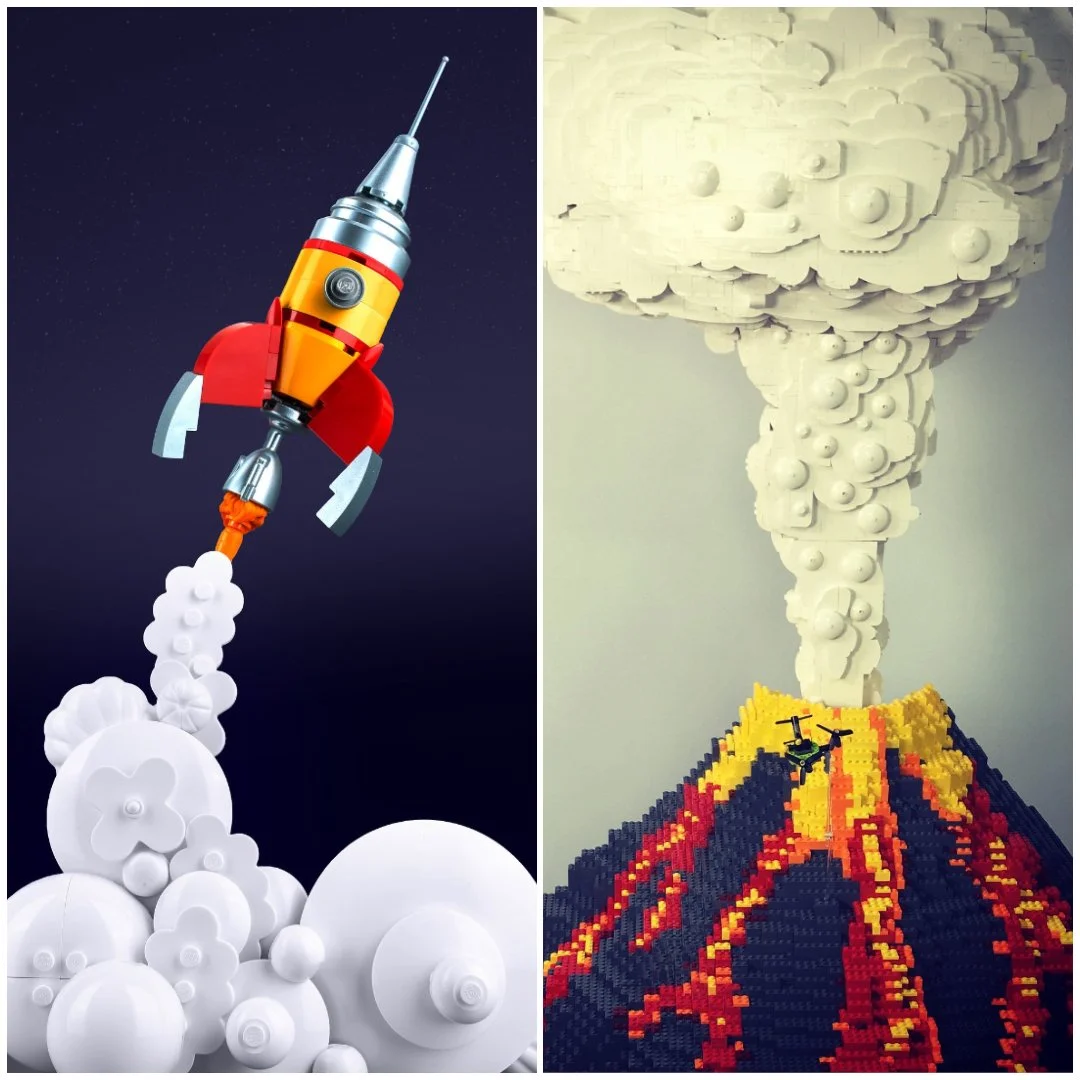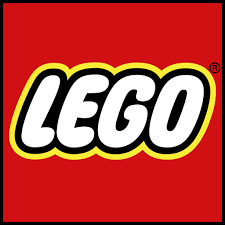The LEGO Dark Arts: Removing Prints from Official LEGO Parts
/Today’s guest article comes from Evan Crouch, an AFOL out of Colorado, a historical MOC builder, contributor to Brethren of the Brick Seas and the Builder Improvement Initiative, and founder of Rocky Mountain Minifigs. You can find his work on Instagram.
Reductive Design
Do you want to create your own unique printed LEGO parts but don’t have a UV or pad printer at your disposal? Reductive design may be the answer! Reductive design is creating new designs by removing some elements of an existing design. In terms of LEGO, Reductive design can mean partially removing an existing print to create an all-new design.
LEGO uses pad printing to add designs to printed elements, and if you are brave enough… that printed design can be removed. There are various ways to remove prints from LEGO elements, through both mechanical and chemical methods. Because the chemical methods (Brasso, acetone, nail polish remover, etc.) often involve noxious fumes, in this article, I’m going to focus on the mechanical methods.
The most basic way to remove a print from an element is to rub it with a pencil eraser—it may take a while, but it will come off! The pencil eraser works as a micro-abrasive surface and slowly erodes the print layer as you rub.
Taking this idea to the next level, there are some very inexpensive tools that make removing (and partially removing!) prints easy, an electric eraser and a buffer bar.
A buffer bar made for doing your nails is excellent at removing prints! Buffer bars often come with sides that have two different levels of grit, one side that can sand off the print and the other finer-grit side that can polish the surface after the print has been removed. A buffer bar can completely remove the print from a torso in about 10 seconds.
Similarly, electric rotary erasers can allow you to selectively remove part of a design while leaving a portion intact. Electric erasers are basically like shoving a pencil into a handheld drill and then spinning the eraser end of the pencil very fast. Electric erasers are normally intended for graphite art and come with a variety of eraser tip diameters which you can experiment with for LEGO customization.
Using Reductive Design to Personalize Minifigures
Here is an example where a LEGO pirate has different faces that are recognizable as the same figure. Imagine the storytelling possibilities by having slightly different versions of the same heads! Photo series, stop-motion, and brick films all become suddenly easier.
It’d be so much fun to have a printer in your house that could add features like that to a head, right? Not necessary! While the plain head is labeled as ‘Normal’ here, it’s actually the most modified head in the bunch. The ‘Bedraggled’ head above is the official LEGO head (part 3626pb0495), and all of the other variants are different stages of print removal:
Here’s a second example showing a minifigure head starting to look sweaty!
In reality, the sweatiest head is the official LEGO part 3626pb0643, and then other heads below show various amounts of print removal:
You can see an electric eraser in action removing sweat droplets below:
Back To Basics
Partial print removal isn’t just limited to minifigure heads (or minifigures at all!), but can be useful on torsos and legs as well. At Rocky Mountain Minifigs, they often use print removal to create plain dual-molded boot legs in color combinations that LEGO only released as decorated legs.
Here is an example where two different official LEGO police torsos have had their prints partially erased to create American Civil War torsos, with no other printing required:
Once you start practicing “reductive design,” you’ll start looking at LEGO parts in a new way: “If I remove part of print A, this piece would look like B!” The BrickLink catalog of all the printed pieces that LEGO has ever released becomes a playground of possibilities to find new, unique decorations. And all you have to do is remove part of an existing design to make something new!
Have you ever modified a minifigure or LEGO print? Let us know in the comments below.
Do you want to help BrickNerd continue publishing articles like this one? Become a top patron like Marc & Liz Puleo, Paige Mueller, Rob Klingberg from Brickstuff, John & Joshua Hanlon from Beyond the Brick, Megan Lum, Andy Price, Lukas Kurth from StoneWars, Wayne Tyler, Dan Church, and Roxanne Baxter to show your support, get early access, exclusive swag and more.

